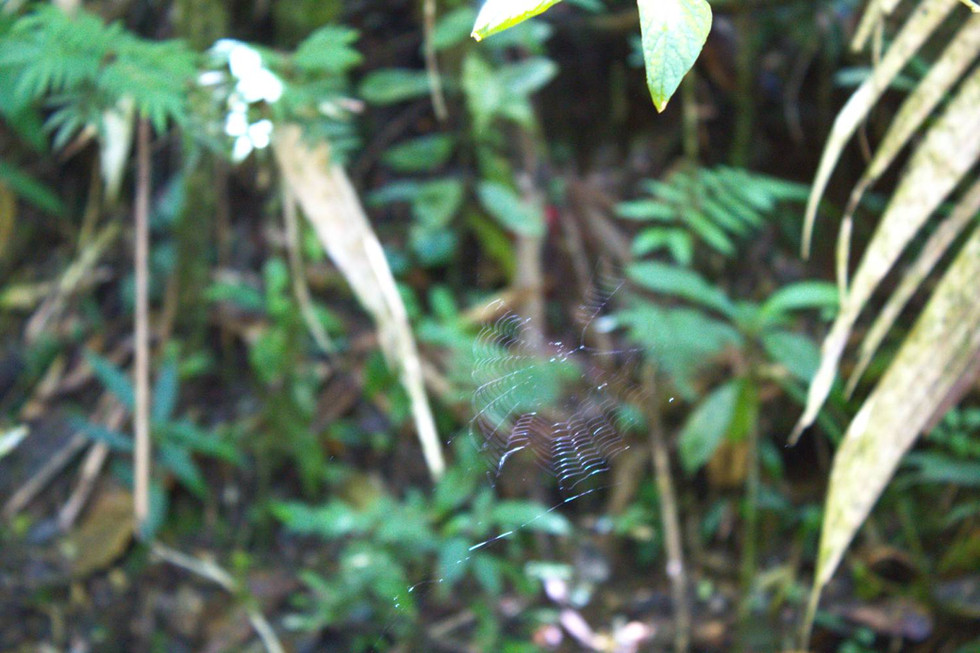Discovering the wonders of Biotopo del Quetzal
- Jimena Gonzalez

- Sep 8, 2025
- 3 min read
Deep inside Guatemala's lush forests, one particular bird is one of the most coveted in the world. In addition, seeing this bird in the wild is considered a once-in-a-lifetime experience for all.

It is known as the Resplendent Quetzal (scientific name is Pharomacrus mocinno) and recognized as Guatemala's national bird. It is featured on both Guatemala's national flag and its coat of arms. It even lends its name to the country's currency, the Guatemalan Quetzal (GTQ).
While male and female quetzals share the same green, blue and red plumage, the colors in males are generally more vibrant. Male quetzals grow three-foot long tail feathers that create a gorgeous train. Female ones, on the other hand, do not grow a long train.
Aside from its beauty, the quetzal was also revered by the ancient Maya. To them, it symbolized a messenger of the gods and a representation of a soul's passage between realms. They also believed that harming the quetzal would bring bad luck, highlighting the Maya's perspective on the quetzal's freedom.
Quetzal feathers were one of the most valuable treasures at the time. So valuable that only royalty and priests were allowed wear the twinkling green feathers. In addition, they were often exchanged for other goods, such as gold and cacao.
Unfortunately, resplendent quetzals are classified as Near Threatened because they are frequently prayed upon by eagles and hawks. In addition, rats and squirrels climb trees to invade the quetzal's nests.
Apart from predators, habitat destruction due to farming and logging poses a significant threat to the quetzal.
However, quetzals are tricky to spot since they tend to be solitary and timid. That means you would have to get up before dawn and hike for several hours in the jungle. Nevertheless, there is no guarantee that you will be able to spot a quetzal.
The best place to find them in the wild is in one of only four protected cloud forest reserves. Among them is the Biotopo Mario Dary Rivera, or the Biotopo del Quetzal, which will be the main focus in this article.
Additional biotopes for quetzals in Guatemala include El Refugio del Quetzal (The Quetzal Refuge in Spanish) in San Marcos, Mirador Rey Tepepul Preserve in Sololá and Sierra de las Minas Biosphere Reserve in eastern Guatemala.
Biotopo del Quetzal is located in the municipality of Purulha in the department of Baja Verapaz, covering an area of 1,044 hectares. It was officially established as a protected area on June 2, 1976, thanks to the efforts of founder Mario Dary Rivera.
Epiphytes, or non-parasitic plants that grow on other trees and relying on them for support, constitute the majority of the vegetation in the biotope. This includes orchids and bromeliads.
Another predominant species in the biotope is moss, It plays an important ecological role, such as retaining water and protecting the soil.
The biotope contains approximately 50 tree species. Among them are cypresses, pines, algae and eucalyptus.
It is a subtropical rainforest with an elevation between 1,500 and 3,000 above sea level. The visit to the biotope can be explored through two interpretive trails: Los Helechos (approx. 1.25 miles) or Los Musgos (approx. 2.5 miles).
Along the way, you will encounter several waterfalls differing in heights with crystalline waters.
Aside from the quetzal, the biotope is home to approximately 87 species of birds. In addition, approximately 60 animals also live in the area, including squirrels, foxes, monkeys and a wide variety of reptiles.
It is crucial to take care of these protected areas so that people can enjoy nature to its fullest.























Comments